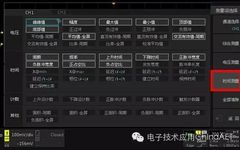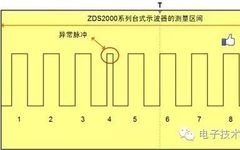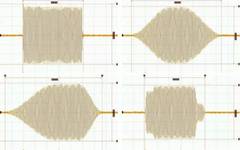Understanding Norm and Auto Modes on Oscilloscope
One of the fundamental issues when using an oscilloscope is how to stabilize the displayed waveform. This article explains what norm and auto mean on the mode selection switch of an oscilloscope. This involves the triggering operation, which is a skill that is relatively difficult to master when using an oscilloscope because it relates to … Read more









